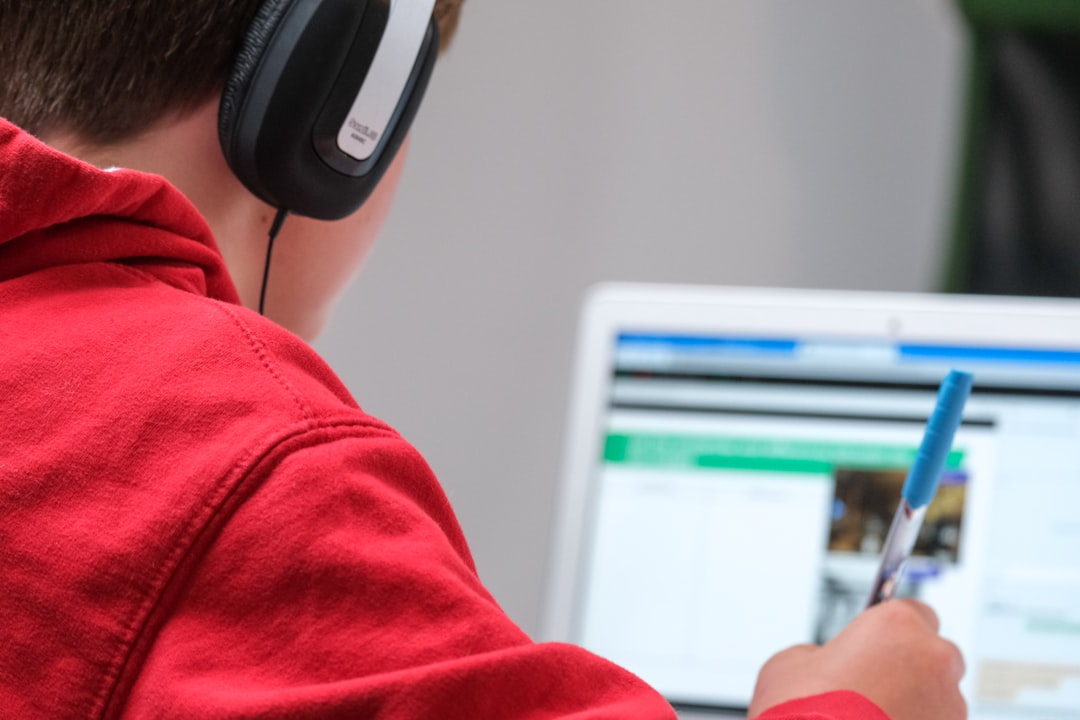Building a strong teacher-student relationship is essential for creating a positive and productive learning environment. A strong bond between teachers and students can lead to increased engagement, better communication, and improved academic performance. In this blog post, we will discuss some strategies for building a strong teacher-student relationship.
1. Get to know your students
One of the first steps in building a strong teacher-student relationship is getting to know your students on a personal level. Take the time to learn about their interests, hobbies, and backgrounds. This can help you better understand their individual needs and preferences. Try to engage in conversations with them outside of the classroom, whether it’s during lunch or after school. By showing a genuine interest in your students, you can build trust and rapport with them.
2. Show empathy and understanding
As a teacher, it’s important to show empathy and understanding towards your students. Recognize that each student is different and may be facing their own challenges outside of the classroom. Be patient and supportive, and try to put yourself in their shoes. By showing empathy, you can create a safe and welcoming environment where students feel comfortable expressing themselves and seeking help when needed.
3. Communicate effectively
Effective communication is key to building a strong teacher-student relationship. Be clear and concise in your instructions, feedback, and expectations. Encourage open dialogue and feedback from your students, and be responsive to their questions and concerns. Use a variety of communication methods, such as verbal communication, written notes, emails, and online platforms, to stay connected with your students both inside and outside of the classroom.
4. Be approachable and accessible
To build a strong teacher-student relationship, it’s important to be approachable and accessible to your students. Create a welcoming and inclusive classroom environment where students feel comfortable sharing their thoughts and ideas. Be available for one-on-one meetings, extra help sessions, and office hours to provide individualized support to your students. Show that you are invested in their success and well-being by being present and engaged in their learning journey.
5. Show respect and appreciation
Respect is a two-way street, and it’s important for teachers to show respect and appreciation towards their students. Treat each student with kindness, dignity, and fairness, regardless of their background or academic performance. Acknowledge their efforts and achievements, no matter how big or small, and celebrate their successes. By showing respect and appreciation, you can build a positive and empowering relationship with your students.
6. Set clear boundaries
While it’s important to build a strong teacher-student relationship, it’s also crucial to set clear boundaries and maintain a professional demeanor. Avoid favoritism, gossip, or inappropriate behavior that could compromise the trust and respect between you and your students. Establish expectations for behavior, communication, and interaction in the classroom, and enforce consequences when necessary. By setting clear boundaries, you can create a safe and respectful learning environment for all students.
7. Provide personalized feedback and support
Every student is unique, with their own strengths, weaknesses, and learning styles. To build a strong teacher-student relationship, it’s important to provide personalized feedback and support to help students reach their full potential. Offer constructive criticism, encouragement, and guidance that is tailored to each student’s individual needs and goals. Provide opportunities for students to reflect on their progress, set goals, and track their growth over time. By providing personalized feedback and support, you can foster a growth mindset and inspire students to take ownership of their learning.
8. Foster a sense of community
Building a strong teacher-student relationship is not just about the individual connection between you and your students – it’s also about creating a sense of community and belonging within the classroom. Encourage collaboration, teamwork, and peer support among students to foster a supportive and inclusive learning environment. Create opportunities for students to share their ideas, experiences, and perspectives with each other, and celebrate diversity and inclusivity. By fostering a sense of community, you can create a positive and enriching learning experience for all students.
In conclusion, building a strong teacher-student relationship is essential for creating a positive and productive learning environment. By getting to know your students, showing empathy and understanding, communicating effectively, being approachable and accessible, showing respect and appreciation, setting clear boundaries, providing personalized feedback and support, and fostering a sense of community, you can build a strong bond with your students that will help them thrive academically, socially, and emotionally. Remember that building relationships takes time and effort, but the rewards are well worth it in the end.

